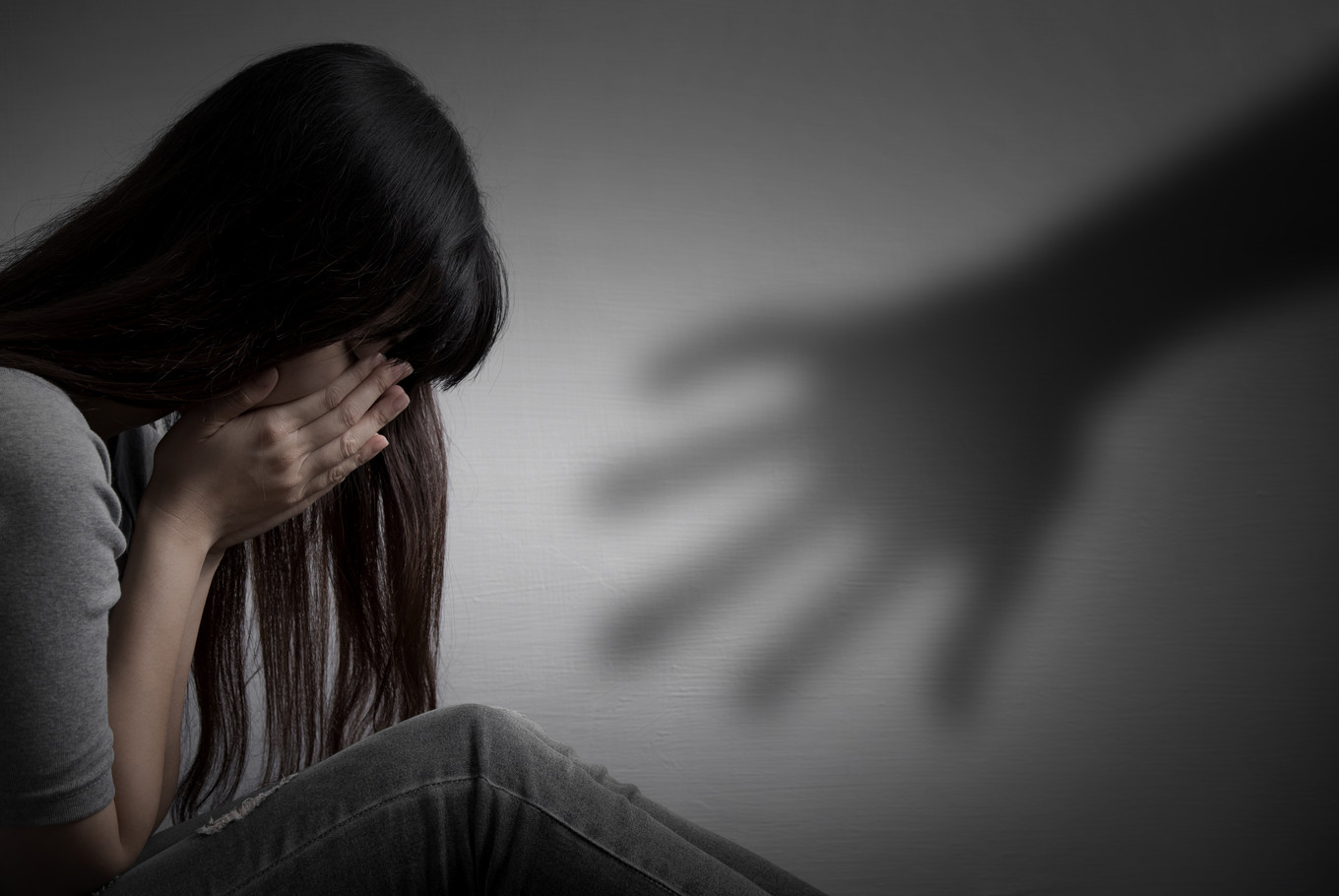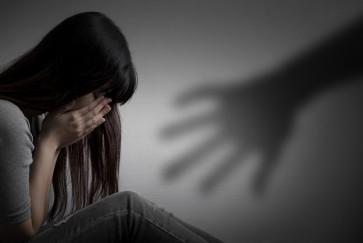Popular Reads
Top Results
Can't find what you're looking for?
View all search resultsPopular Reads
Top Results
Can't find what you're looking for?
View all search results‘Rape culture myths’ debunked: Survey
A recent survey finds that although women are wearing descent clothes, they still suffer from sexual harassment.
Change text size
Gift Premium Articles
to Anyone
“What were you wearing when you were assaulted?”
Many sexual harassment victims are asked this kind of question when people learn about their experience of being assaulted in public.
If the victims’ wardrobe is considered revealing, or if the assault occurred in the evening, the blame will often be put on the victims, who are considered to have been “asking for it”, putting themselves at risk of being harassed.
Such assumptions were recently debunked by a nationwide survey conducted by four women’s rights organizations, namely Hollaback Jakarta, perEMPUan, Lentera Sintas Indonesia and Jakarta Feminist Discussion Group, and shared through change.org.
More than 62,000 respondents participated in the survey, and most said they had been wearing normal clothes when they were sexually assaulted in public.
Eighteen percent of them said they had been wearing a skirt or pants, 17 percent were wearing a hijab, 16 percent were wearing a long-sleeve shirt and 14 percent were wearing loose clothes or uniforms.
The survey also revealed that, while many believe sexual harassment in public happens in the evening, most victims (35 percent) experienced it in daytime, followed by the afternoon (25 percent), the evening (21 percent) and the morning (17 percent).


















